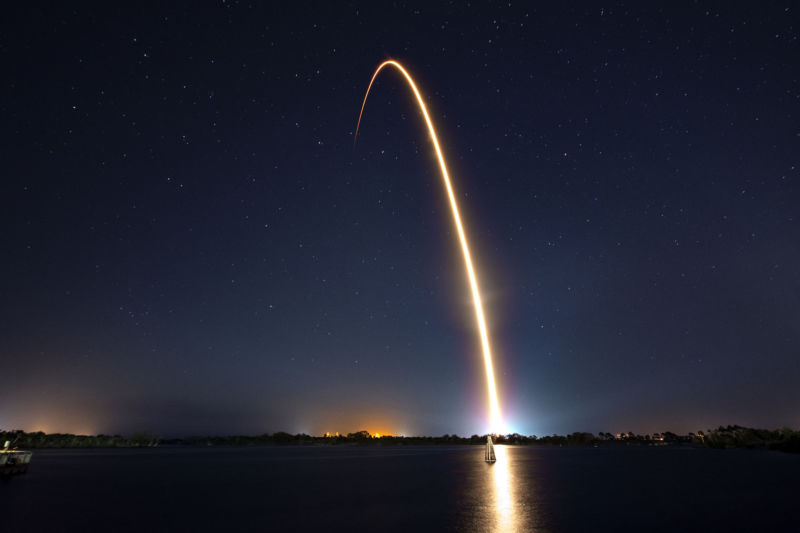A lunar lander launches from Florida for the first time since Apollo 17
Ars Technica » Scientific Method 2019-02-22

Enlarge / A Falcon 9 rocket launches on Thursday night from Florida. (credit: SpaceX)
A mild winter breeze blew along the Florida coast when the final Apollo mission roared into the sky shortly after midnight, on Dec. 7, 1972. More than half a million people turned out to watch Apollo 17 lift off, despite the late hour. Imagine you were lucky enough to be among them. After the rocket disappears, and nighttime closes in, you're musing about when humans might return to deep space when an aging drifter in a Steppenwolf t-shirt interrupts your reverie.
Won't see that again in our lifetimes.
Huh?
A rocket sending a lander to the Moon. Ain't gonna happen again for nearly 50 years.
That's impossible. NASA is talking about going to Mars in a decade or so.
Well, the next rocket from here that's sending a lander to the Moon won't launch until 2019.
I can't believe that. And how can you know that—
And that rocket will already have flown twice.
What? Our rockets fall into the ocean.
Yeah, well, there will be a boat to catch this one.
I think I've got to be going.
Oh, and the rocket will be built by a dude from South Africa, and the lander will carry an Israeli flag.
You'd probably better call a cab to get home, old-timer.
In December, 1972, Elon Musk was one year old, living in South Africa. Israel was just three months removed from the Munich massacre, in which 11 members of its Olympic team were taken hostage, and killed, during the summer games. And yet, nearly five decades later Musk's company, SpaceX, would link up with a private Israeli effort to launch a small lander to the Moon's surface.
This really has not happened since Apollo 17. A NASA lunar mission named LCROSS did fly from Florida in 2009 on an Atlas V rocket, but it carried an impactor designed to crash into the Moon, rather than a spacecraft such as SpaceIL's Beresheet vehicle launched Thursday night, built to make a soft landing and return images, video, and scientific data.